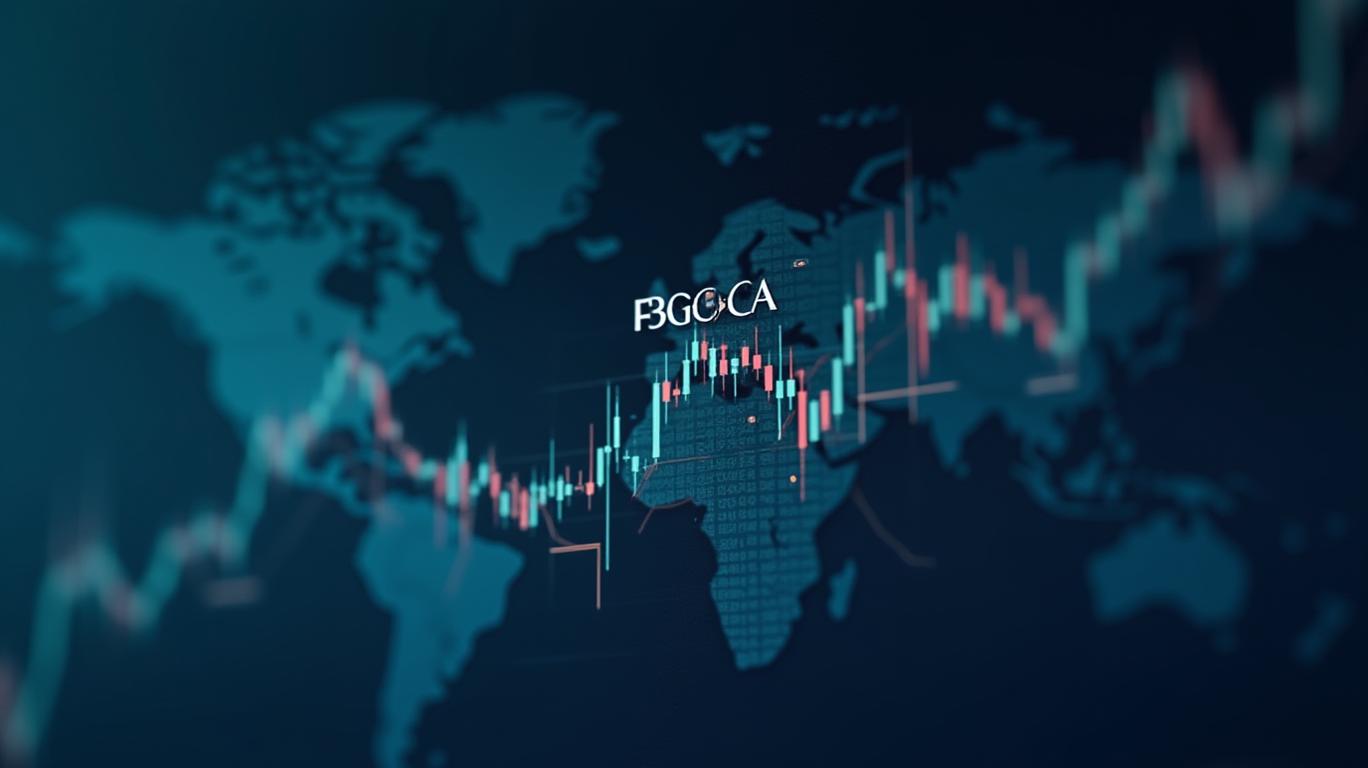BrandywineGLOBAL’s BWG Distribution Policy: A Closer Look at Return of Capital and Yield Sustainability
Investors in BrandywineGLOBAL - Global Income Opportunities Fund Inc. (NYSE: BWG) face a critical balancing act between attractive distribution yields and the growing reliance on return of capital (RoC) to sustain them. The fund’s recent announcement of its April 2025 distribution highlights the nuanced risks and rewards embedded in its managed distribution policy. Let’s dissect the numbers, performance trends, and implications for shareholders.

Distribution Breakdown: Income vs. Return of Capital
BWG’s April 2025 distribution of $0.08 per share is structured as follows:
- 65.59% (or $0.0525)来源于净投资收入 (net investment income).
- 34.41% (or $0.0275) is classified as return of capital.
This RoC component has remained consistent year-to-date, with 34.41% of cumulative distributions (through March 2025) attributed to returning shareholders’ principal. Notably, short- and long-term capital gains have contributed nothing to distributions so far in 2025, a stark contrast to some peers that rely on realized gains to boost yields.
The fund’s managed distribution policy, which fixes the monthly payout at $0.08 through May 2025, underscores its commitment to steady income. However, this rigidity comes with risks: if investment income or capital gains fall short of the distribution rate, RoC must fill the gap. Over time, this erodes shareholders’ equity and tax basis, even if the fund’s net asset value (NAV) remains stable.
Performance Metrics: Yield vs. Reality
While BWG’s annualized distribution rate of 10.69% (as of March 2025) is compelling, it far outpaces its 2.69% 5-year annualized total return (based on NAV). This gap suggests that much of the fund’s yield is being subsidized by RoC rather than organic performance.
The fund’s cumulative total return of 2.12% over the six months ending March 31, 2025, further highlights the disconnect between distributions and NAV growth. A distribution rate nearly four times higher than long-term returns raises questions about sustainability.
Key Risks and Considerations
Return of Capital Dependency:
With over one-third of distributions sourced from RoC, shareholders effectively receive a portion of their original investment back. This reduces their cost basis but offers no income for tax purposes. Prolonged reliance on RoC could shrink NAV over time, undermining the fund’s ability to maintain distributions.Policy Flexibility:
BWG’s board retains the power to modify or suspend the managed distribution policy. Any such change could disrupt investor expectations, especially if the fund reduces payouts to avoid further capital erosion.Tax Uncertainty:
While the fund provides estimates for distribution sources, final allocations on IRS Form 1196-DIV may differ. Investors in higher tax brackets should factor in potential surprises when planning their tax strategies.NAV Discount Risk:
Closed-end funds like BWG often trade at discounts to their NAV. As of recent data, BWG’s shares have frequently traded at a 5-10% discount to NAV, compounding the risk of capital loss for investors who exit positions.
Conclusion: High Yield Comes at a Cost
BrandywineGLOBAL’s BWG offers a compelling income proposition with its 10.69% distribution rate, but investors must weigh this against its modest NAV growth and heavy reliance on return of capital. Key data points reinforce the trade-off:
- 34.41% of distributions reduce shareholders’ equity.
- The 10.69% distribution rate dwarfs the fund’s 2.69% 5-year return, signaling a heavy dependence on RoC.
- A cumulative RoC of 16.94% year-to-date (as of May 2025) raises questions about long-term viability.
For income-focused investors willing to accept principal erosion and tax basis reduction, BWG may still hold merit. However, those prioritizing capital preservation or tax efficiency should proceed with caution. Monitoring BWG’s NAV trends () and distribution source updates will be critical to assessing whether the fund can bridge the gap between its yield and underlying performance.
In short, BWG is a high-risk, high-reward play—ideal for aggressive income seekers but a gamble for others. Proceed with eyes wide open.










